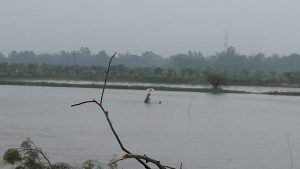“I love the snow leopard,” says bright-eyed Ganaium, who lives in Tamchy village close to Issyk-kul lake in Kyrgyzstan. “I haven’t seen it but I know about it from TV and pictures,” says the four-year-old student of Jashmooun school.
A village of 1,400 people, Tamchy lies in Issyk-Kul district, nestled in the ridges of the Tien Shan mountain range in Kyrgyzstan – a habitat for snow leopards. Jashmooun, meaning “youngest” in the local language, is one of the local schools where children are told about snow leopards at an early age with the help of the Nature and Biodiversity Conservation Union (NABU), a Germany-based organisation.
![The solitary snow leopard animal faces multiple challenges. [image from: NABU archives]](https://dialogue.earth/content/uploads/2017/09/NABU-archives.jpg)
“If we continue with business as usual, we could witness a two-thirds decline in wildlife from 1970 to 2020. We’re at a crucial time to bend the curve and halt the decline of nature. However, this is not only about the wildlife we love,” says Marco Lambertini, director general of WWF International. “Safeguarding a future for snow leopards means protecting their vast habitats, on which hundreds of millions of people depend for freshwater and livelihoods.”
The high mountains of Asia are among the most vulnerable in the world to climate change. These ecosystems provide numerous benefits such as water, grasslands for livestock and wildlife, eco-tourism, biodiversity and carbon sequestration. Unfortunately, they are already experiencing the effects of climate change through melting glaciers, destabilisation of the permafrost, increasingly frequent and intense storms, and disasters such as landslides, floods and droughts.
With rising temperatures and a shift in rainfall patterns, these mountains and their ecological services are undergoing a major shift, making it difficult for communities and wildlife to cope.
Receding snowline
“According to climate change predictions, temperatures are going to get warmer [and] that will push the vegetation uphill beyond the snow line. This would lead to sheep and cows accessing grazing areas higher up in the mountains, right up to snow leopard areas,” Kate Newman, vice president for public sector initiatives at WWF, told thethirdpole.net. “It will possibly mean additional pressure on the snow leopards as conflicts are likely to increase which would increase retaliatory killings of snow leopards.”
Retaliatory killings of snow leopards by pastoral communities are already a major threat. “If a snow leopard manages to enter a corral, a herder can lose up to 50 animals in one night because these animals are enclosed in one area, so there is a complete panic when a predator enters,” Charudutt Mishra, science and conservation director of the Snow Leopard Trust,told thethirdpole.net. Mishra has been guiding research and conservation programmes in snow leopard range countries of Asia. “Obviously, it would mean retaliations as it means losing [the earnings of a] lifetime or half of your livelihood.”
As more and more communities leave their nomadic ways behind and settling in fixed spots, this has increased the pressures on grasslands on which the snow leopards’ prey depend. Coupled with infrastructure projects that would cut through many snow leopard landscapes, the coming years will push the species even closer to the brink.
Infrastructure fallout
China’s Belt and Road Initiative and India’s regional push for infrastructure projects are likely to change the land use and throw open parts of snow leopard habitats which have, so far, stayed beyond human reach due to high altitudes.
“Infrastructure and rail lines will impede movement and separate populations of prey species such as ibex and rabbits, making food scarce for snow leopards,” said Newman. “Some of the analysis is showing that these projects are going through some snow leopard corridors.”
![It is not just the snow leopard, but its landscape that is under threat [image by: Juhi Chaudhary]](https://dialogue.earth/content/uploads/2017/09/DSC00700.jpg)
However, Newman added that China could play a proactive role in minimising the damages and in better decision-making to ensure that the ecology is safeguarded.
“China has an advanced ecological function zoning map method where they used to look for ecosystems, water availability and vulnerability to dust storms. Using that, they used to plan where a new city should come up,” said Newman. “There should be partnerships between China and other countries to develop such maps of natural assets so that better decisions can be made while planning infrastructure projects from an ecological perspective.”
Major concern
During the Snow Leopard Forum, a global initiative that brought together top government officials, scientists and business leaders under the Global Snow Leopard and Ecosystem Protection Programme (GSLEP), climate change emerged as a major concern.
“The biggest threat we are facing is climate change. Snow mountain ecosystem is one threatened by climate change. The average rise in temperature in the last decade was 0.5 degrees Celsius globally but now our growth rate has become such that by the end of this century the expected rise in temperature is 4-6 degrees Celsius,” said Siddhanta Das, director general of the Forests of India to the forum. “Unless we make our animals and this system adapt to climate change, we can’t do much to protect it. Snow leopard conservation will be adversely affected during climate change.”
A technical manual on habitat and prey restoration in snow leopard landscapes by various wildlife and conservation organisations has calculated the vulnerability of snow leopard populations and habitats in various countries.
According to its findings, the big cat is most threatened in Mongolia, Nepal, Bhutan, Afghanistan, China, India, Pakistan and Tajikistan due to the emerging threat of climate change. Snow leopard populations in Kyrgyzstan and Kazakhstan are among the least vulnerable. It is interesting to note that the most climate-vulnerable ecosystems that lie in India, Mongolia, Nepal and Tajikistan are also threatened by large-scale development projects.
Ecological services
According to studies by wildlife researchers working with Mishra, snow leopard landscapes contribute significantly in terms of ecological services as far as livelihoods are concerned. The contribution of nature is 2.5 times the actual household income in a site at Pakistan, 3.6 times in India, and 38 times in agro-pastoral communities in Mongolia. Saving snow leopard landscapes is crucial from human point of view as well.
“I think climate change is a big issue but you know that snow leopards and their prey might still be able to adapt. Nature is resilient. The bigger question is how are we going to adapt to climate change? How will humanity adapt? Our land use will change with climate change,” said Mishra.
And there is yet another threat to snow leopard conservation. Sources have revealed that the International Union for Conservation for Nature (IUCN) is set to bring down the conservation status of the snow leopard from “endangered” to “vulnerable”. Those defending the move say it is being done because “endangered” describes a species with less than 2,500 mature individuals. But given that a scientifically-robust estimation of snow leopard numbers is currently unknown, conservationists fear that the move could dilute the importance of saving snow leopards and might throw open its habitat to more development projects.
Read: Saving the elusive snow leopard
Read: Tibet’s pilot national park: a land of golden opportunity?
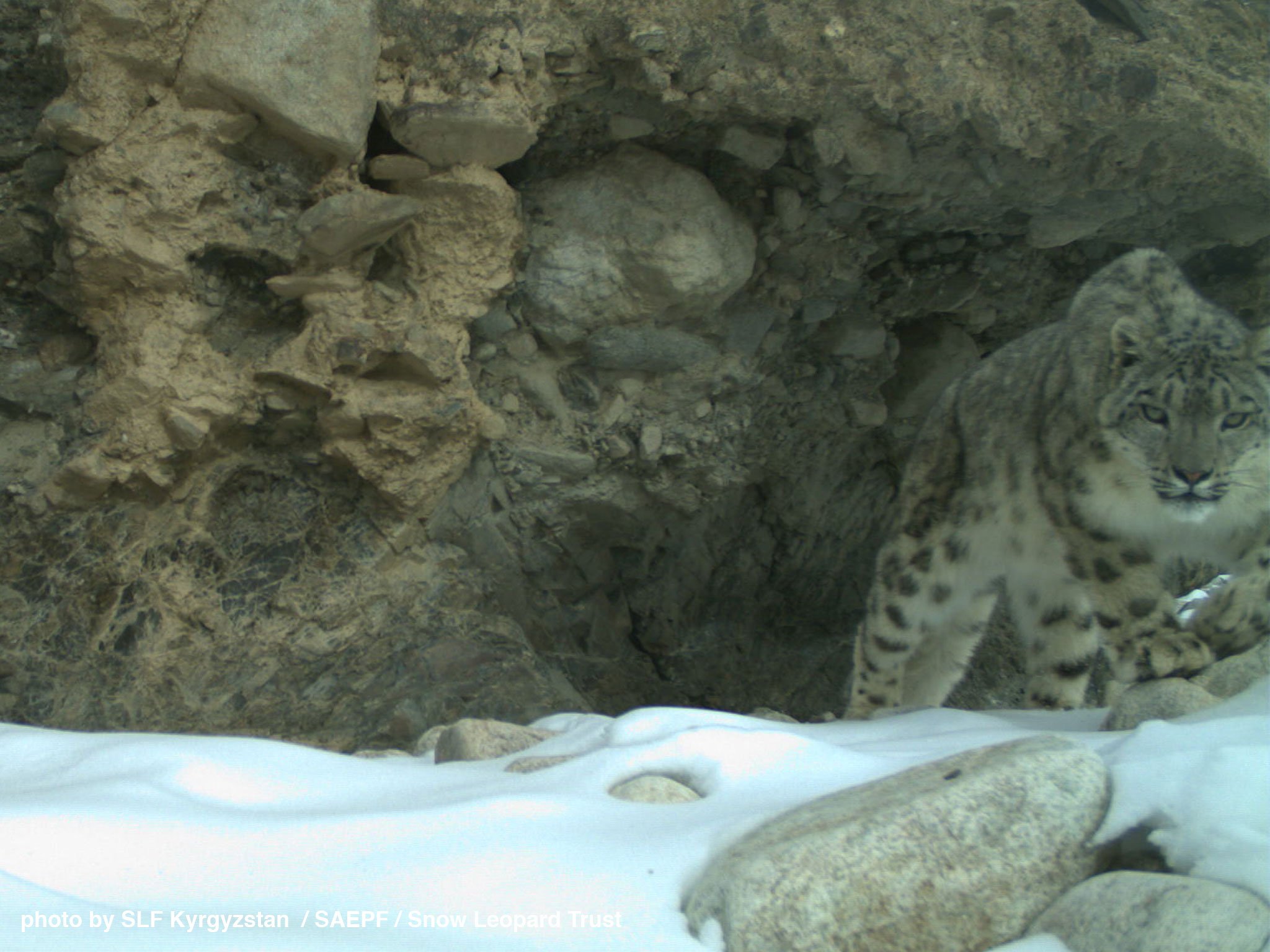

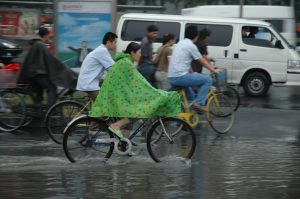

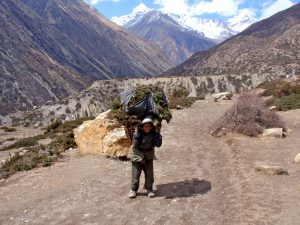

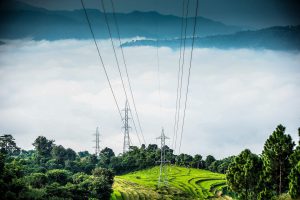
![A Kashmiri man near a Budgam forest shows the degradation caused to forests over the past few decades [image by: Athar Parvaiz]](https://dialogue.earth/content/uploads/2017/09/A-Kashmiri-man-near-a-Budgam-forest-shows-the-degradation-caused-to-firests-over-the-past-few-decades-Photo-__-Athar-Parvaiz--300x199.jpg)
